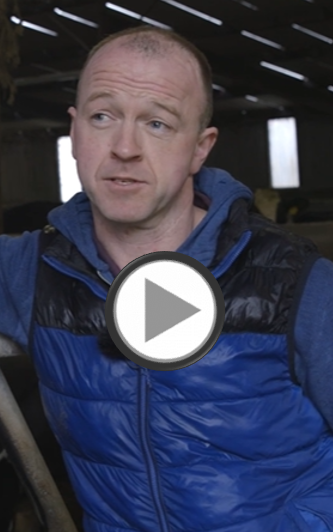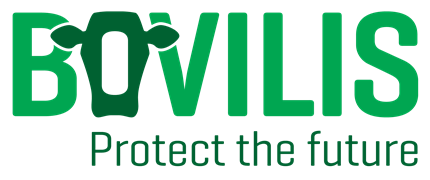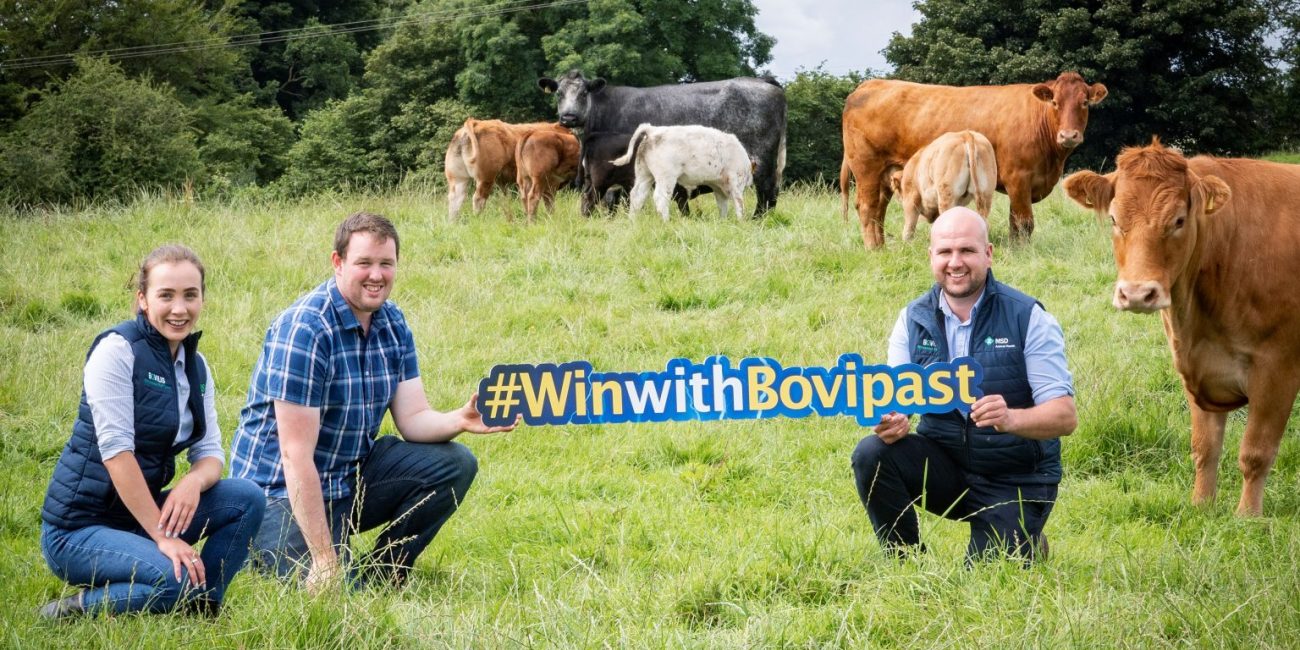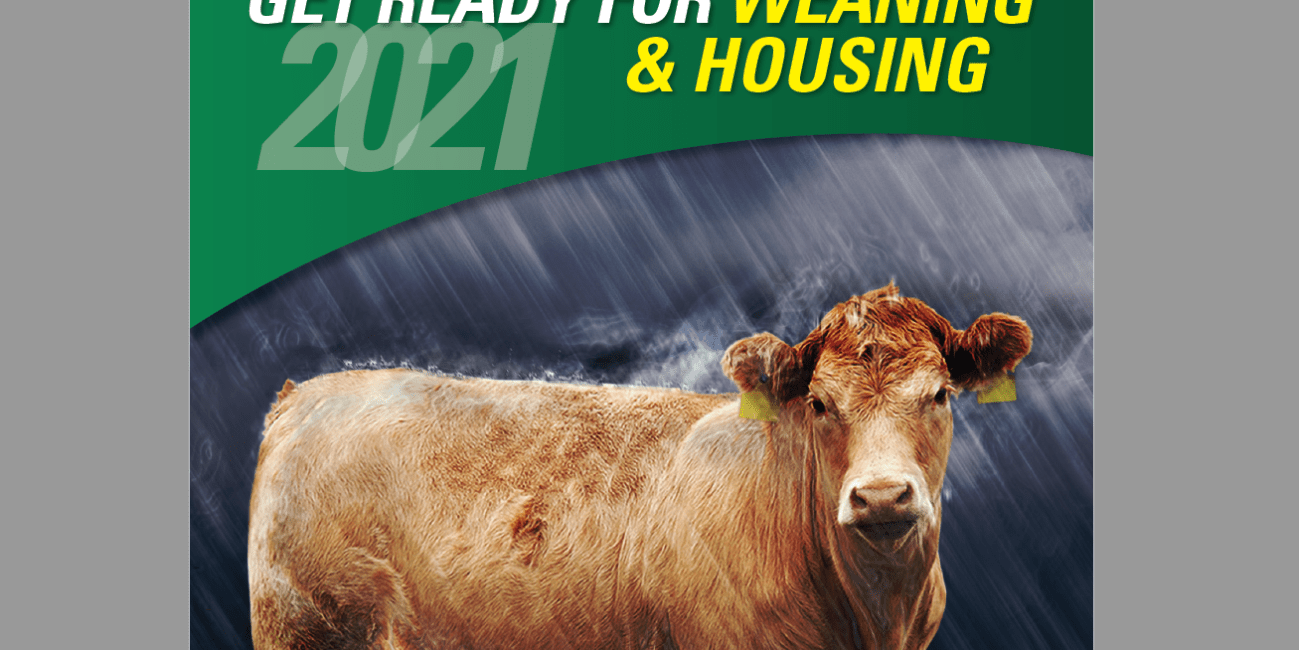
Calf Pneumonia – Why prevention is better than cure for Bandon dairy farmer – Bovilis
Vaccinating against pneumonia is cheap reassurance and ensures long-term protection for a cow” says Bandon dairy farmer, Owen O’Brien. Owen runs a calf pneumonia,
Read more about Calf Pneumonia – Why prevention is better than cure for Bandon dairy farmer – Bovilis



